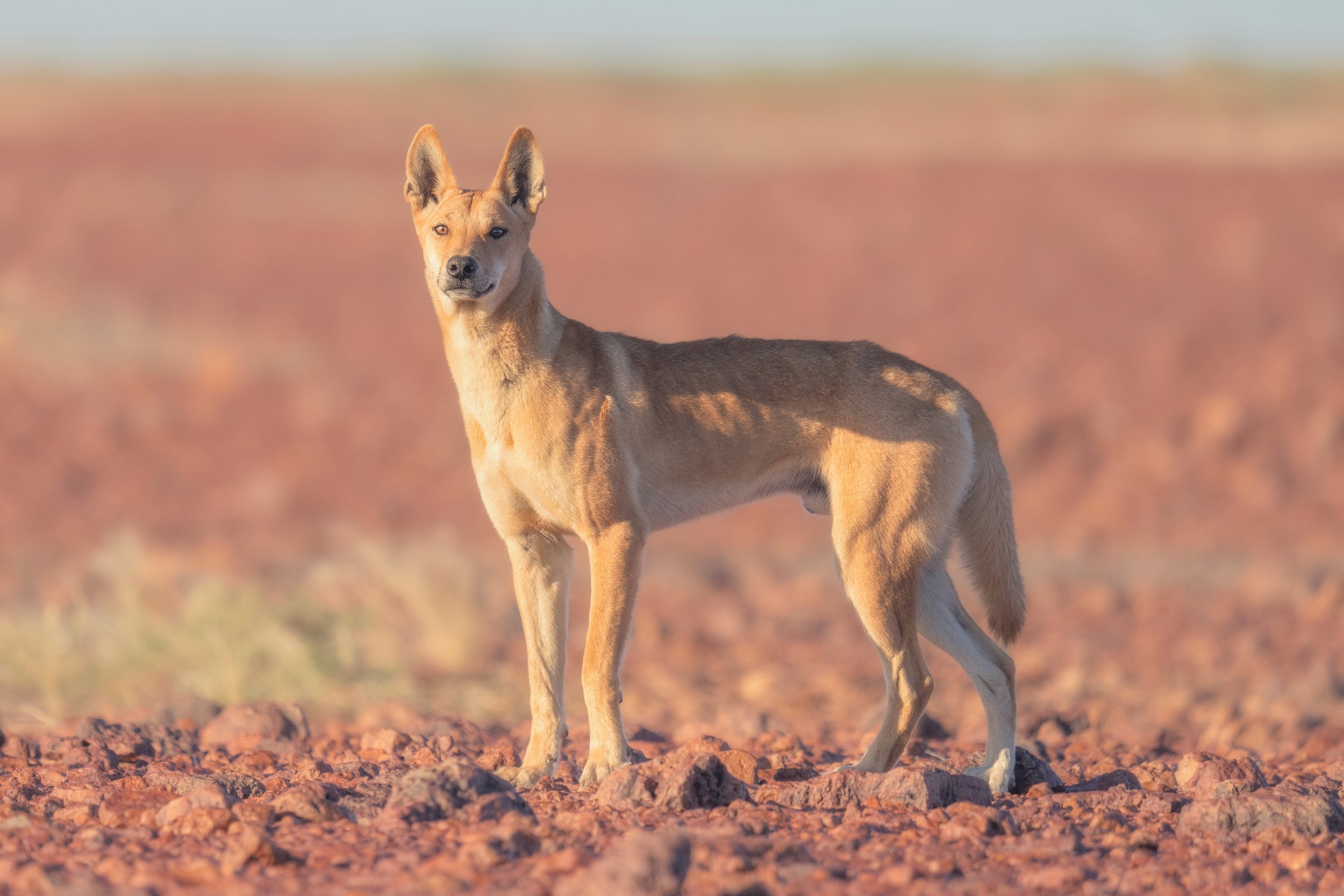An investment into protected areas and ecotourism in rural communities
Australia has long been known for its tourism industry - home to a vast array of unique wildlife species and diverse landscapes. The tourism sector contributes $152 billion to the Australian economy, supports over 300,000 businesses and employs more than 660,000 community members.
Preserving natural assets and supporting local economies
In 2020 the World Bank released a report ‘Banking on Protected Areas’ highlighting that sustainable tourism in protected areas generates significant income multipliers and benefits local communities through job creation and boosting incomes. The report suggests that for every dollar invested into protected areas and promoting sustainable tourism, the rate of return was at least six-fold.
Additionally the report suggests that to recover from the economic fallout from the COVID-19 pandemic, promote economic growth and conserve biodiversity, a system-wide approach that includes protecting natural assets, growing and diversifying tourism businesses, as well as sharing benefits with local communities should be adopted.
Capacity to prevent land being sold off to large multinational corporations
Investment into protected areas and ecotourism creates opportunities for rural communities, many of which currently rely solely on intensive agriculture or mining, which are coming increasing pressure due to the climate crisis and dwindling natural resources. Increasingly, generational farmers across regional Australia are facing difficulties running their businesses, many deciding to sell their properties due to the difficulties faced. This is resulting in large multinational corporations, such as JBS, buying up Australian farmland that could otherwise be protected to benefit local communities.
The red meat sector (including cattle, sheep and goats) uses, and degrades, 48.2% of Australia’s surface area whilst employing just 1.7% (434,000 people) of the population. This inequity in land use is further intensified in Queensland, where 86% of the state's surface area is utilised to graze cattle and sheep whilst only providing 0.35% (18,000) of the population with jobs. Further, 72% of the red meat Australia produces is exported overseas, meaning 245,376,000 hectares of Australian land is being used, and degraded, to supply overseas markets.
Capacity to create new opportunities for First Nations communities
Ecotourism has the capacity to attract visitors to local towns, boosting the local economy through purchases, accommodation, and experiences. It also allows opportunity to work alongside, and create jobs for First Nations community members. Australia is home to rich Indigenous culture, which is a key point of differentiation in today’s highly competitive tourism market. Between 2013 and 2018, the number of visitors seeking Indigenous led tourism surged by over 40 percent. Expenditure in Indigenous tourism has also been on the rise, increasing by around 8 per cent each year between 2013 and 2018.
As outlined by the UN’s IPCC report, and the Australian Government’s 2021 State of the Environment report, Indigenous knowledge and culture is pivotal in fighting the current climate crisis. This means the benefit of increased Indigenous led ecotourism is two fold - not only generating income for communities, but creating opportunity for climate adaptation measures to be undertaken through First Nations people connecting to country.
Defend the Wild advocates for government investment into protected areas and regional ecotourism to boost local economies, and the quality of living for regional communities. Further, Defend the Wild suggests that this should go hand-in-hand with establishing community food systems, reducing food miles, securing future food, and freeing up vast areas of land for rewilding, which allows for sequestering of carbon and presents further opportunity for future ecotourism.




